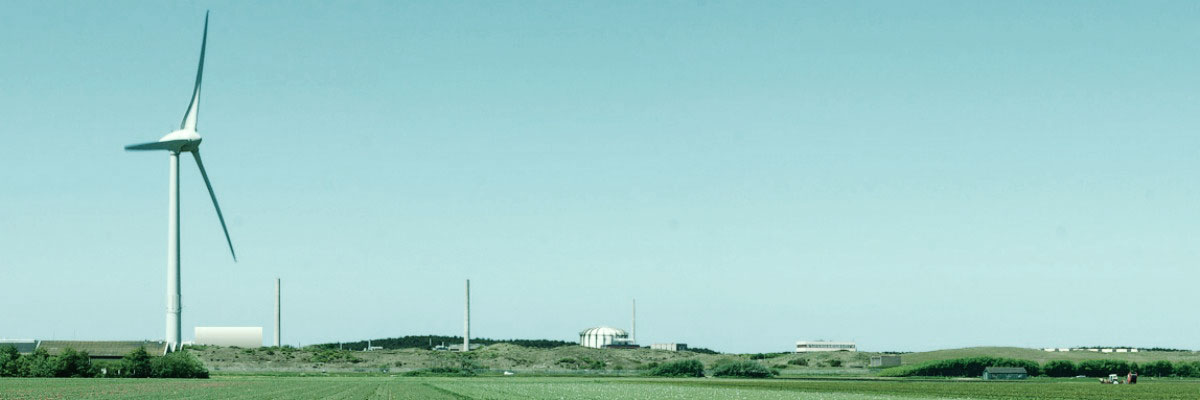INVAP will be in charge of the reactor’s design, plant engineering integration, nuclear safety, as well as its licensing process, which includes construction, operation, and the technological equipment supply, in full compliance with the high standards and regulations set by the International Atomic Energy Agency (IAEA) of the United Nations. INVAP has vast experience in the development of nuclear research reactors and over the years has cemented its position as major competitor in the nuclear field worldwide; being responsible for the outstanding ten-year operation of the OPAL reactor built by INVAP in Australia.
With Headquarters in San Carlos de Bariloche, Argentina, INVAP boasts a 40-year trajectory in the domestic market and over 30 years in the world market. Its main projects have been developed in the fields of nuclear, aerospace, government and defense, and industrial technology, alternative energy sources, information and communication technology, and technological services. INVAP has designed and constructed research reactors and radioisotope production facilities in different countries, as well as low orbit earth observation satellites and telecommunication satellites, several industrial plants, radar systems, and nuclear medicine centers.



Follow us